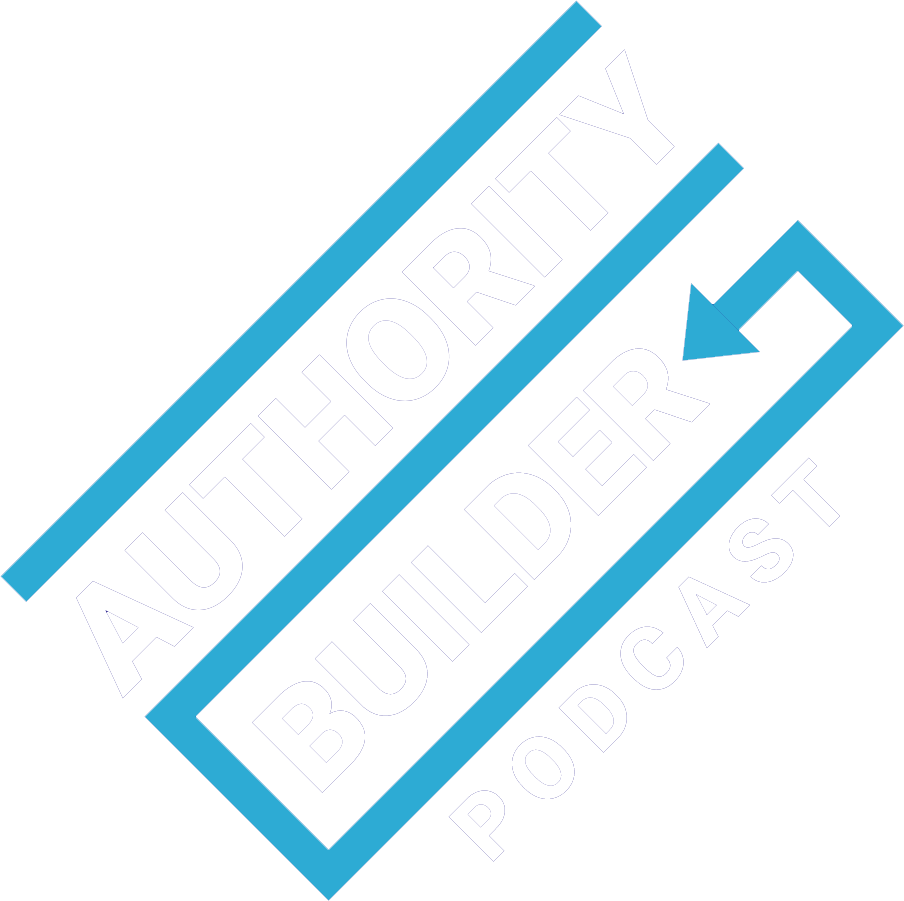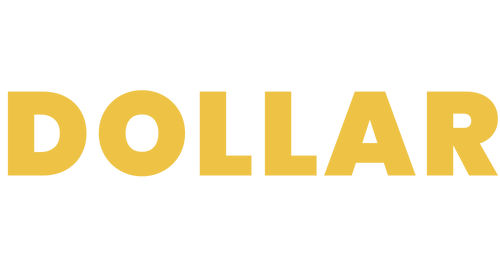Years ago, Jon Schumacher saw the writing on the wall. One of his most effective marketing channels was going away. So he had to pivot to continue to talk with his audience, and he found that through webinars he was able to reach thousands at a time.
We talk about the nuts and bolts and mindset behind making big shifts like this. He shares his tricks for hosting a well-attended webinar that compels the audience to take action, as well as how the attitude you adopt influences how you adapt to any big changes in your business.
Jon says an intrinsic motivation to succeed is what keeps him going, even when things get tough. It’s a mindset he says you can learn and will see you through even the biggest failures.
Be sure to tune in to find out…
- The difference between selling a product or a service via webinar
- How to get big audiences full of prospects ready to take action for your webinar
- The 3 main elements you need for an effective client acquisition strategy
- When the size of your webinar audience doesn’t matter
- And more


